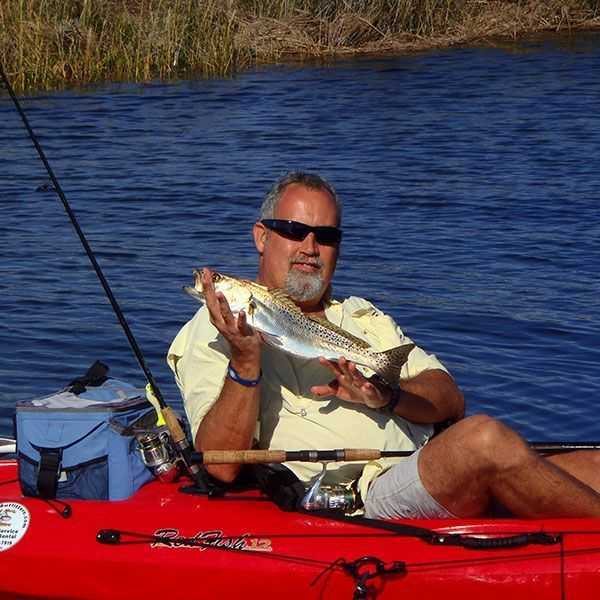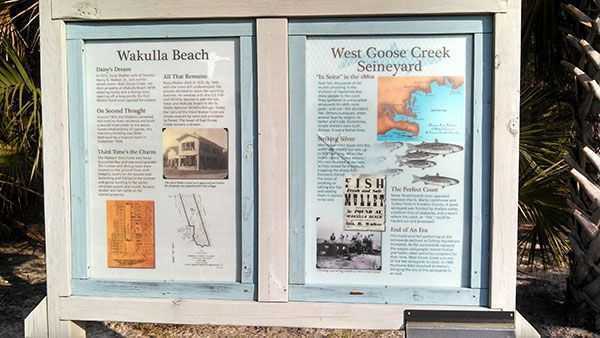Enthusiasts of all levels can enjoy the Apalachee Bay Maritime Heritage Paddling Trail. Divided into 10 segments, each trail can be explored at your leisure, allowing time for wildlife viewing, photography, fishing, picnics, and relaxation. The majority of the trails occur in Wakulla County, between the Waterfront Florida Communities of Panacea in the west and St. Marks in the east. Designed for the entire family in mind, each trail has easily accessible launch points. Brochures are available at the Wakulla Welcome Center and PDF files of each trail can be downloaded from the Visit Wakulla website. In addition, local outfitters and Green Guides, with in-depth knowledge of the Paddling Trails, are available at very reasonable rates.
Unlike other Florida Bays, Apalachee is uniquely natural and scenic. There are no large cities or industrial facilities along its coast; instead its protected watershed of vast seagrass beds, marshes, and clear shallow waters is part of the St. Marks National Wildlife Refuge. No two trails are alike, as each explores different aspects of the Bay, its embayments, rivers, creeks, and islands. One may encounter Manatees, Alligators, River Otter, Turtles, Dolphins, Bald Eagles, Osprey, White and Brown Pelicans, a wide variety of Herons and Egrets, as well as during migration shorebirds and ducks, and the endangered Whooping Crane. Along shore, watch for Florida Black Bear, Bobcat, White-Tailed Deer, Armadillos, Turkey, Grey and Red Fox, Raccoons, Fox Squirrel, and Opossums.
Though not discernible at first glance, these same waters have seen their share of history. Over 12,000 years ago, first inhabitants found the area drier and less lush than today. The sea level was lower, and the shoreline of the Gulf of Mexico extended outward as much as 80 miles. As sea levels rose, native residents lived closer to the coast, shifting from hunting big game to relying on the sea for their food. Evidence of this can still be found along Apalachee Bay in mounds of shells and fish bones, called middens. More recent residents, the Apalachee Indians lived in rivercane huts thatched with palmetto and bark along the Bay, where they fished and began farming inland.
The first European to have seen this area was the Spanish explorer Panfilo de Narvaez, in 1528.
The Spanish fort at St. Marks was occupied at various times by the British, Spanish again, then (for five weeks) by a force seeking to establish “the Nation of Muskogee,” and Spanish yet again, then taken over by Andrew Jackson in 1818. It passed back into Spanish control one more time before U.S. troops occupied it in 1821. In 1861, it was reoccupied by Confederate troops and named Fort Ward. The site became a permanent possession of the United States at the end of the Civil War.
More recent history has been influenced by Apalachee Bay’s vast natural resources – salt works, mullet seineyards, turpentine, naval stores, cotton trade, shipping, logging, hunting, and more recently the seafood industries of sturgeon caviar, blue and stone crab, oysters, fish, and clams. Now nature- and heritage-based tourism is embraced as a more sustainable enterprise and the creation of the Apalachee Bay Maritime Heritage Paddling Trail is central to that development.
[easy-social-share]


